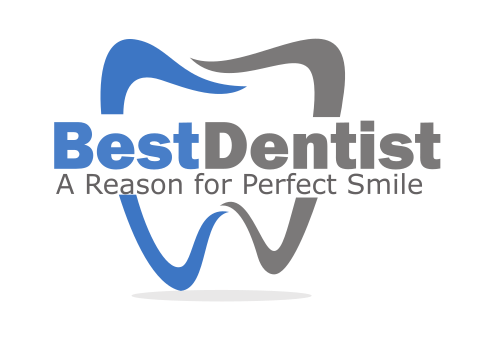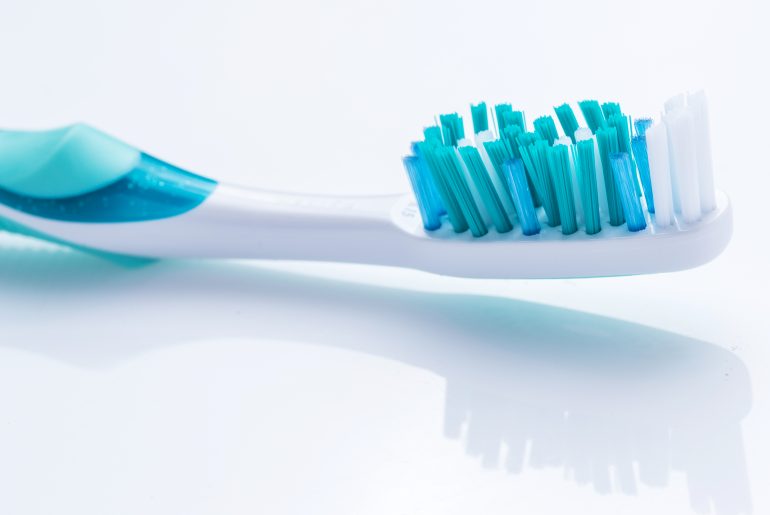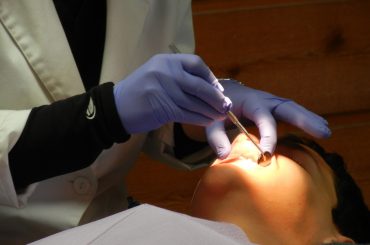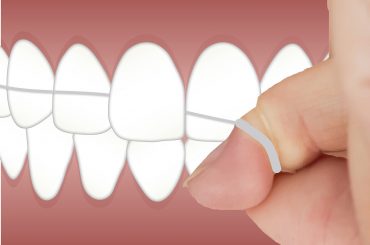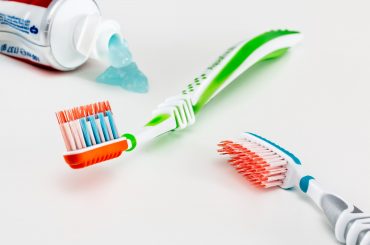To understand the importance of proper tooth brushing for maintaining good dental hygiene; it is better to first understand a few keywords regarding the structure of a tooth. After which we can discuss various tooth brushing techniques in detail and how using toothbrushes correctly can save your teeth from deterioration.
Structure of teeth
- The outer surface of teeth is the side surface of teeth facing cheeks or the lips.
- The inner surface of teeth is the side surface of teeth facing the tongue.
- Chewing surface of the occlusal surface is the surface of back teeth (molars and premolars) that helps in chewing food (mastication).
- The cutting edge is the occlusal surface of front teeth that helps in bitting food.
- Both the chewing surface and cutting edge are used interchangeably.
- Chewing surface (or cutting edge) of upper teeth faces downwards and chewing surface (or cutting edge) of lower teeth face upwards.
- Gum line is where the tooth crown ends and gums start or it is where the gums end up on the tooth surface.
- Plaque is the soft deposit white in colour which accumulates very fast after food intake. Due to the tooth anatomy; plaque usually deposits near the gum line and slowly gets harden to become tartar which in turn leads to gum infections.
What we try to achieve with tooth brushing?
With tooth brushing; we try to remove the soft plaque that gets deposited on the tooth surface before it gets harden up into tartar. Brushing also removes some temporary food deposits which can produce bad breath.
Brushing also provides gum massage helping in increased blood flow towards the gum. This helps to support healthy gums.
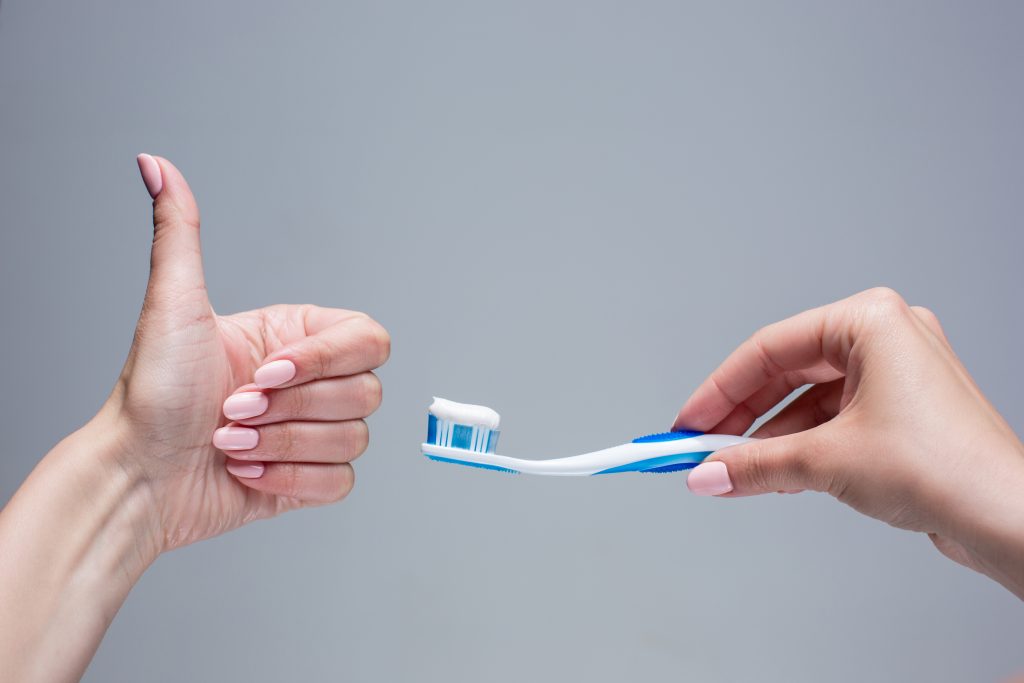
Different Types of Toothbrushing Techniques:
Bass or Sulcular Technique
Bass or Sulcular Technique is a type of vibratory motion technique where we place the bristles at an angle pointing towards the gum (or apex/roots of the tooth). A little pressure is then applied to move the bristles below and inside gumline. Then the brush is moved back and forth horizontally to cover 2 to 3 teeth at one time and then repeat the same action for the next segment of teeth.
Stillman Technique
Stillman Technique is similar to Bass with the only difference that bristles are not pushed into the gums because the bristles are kept partly on the side of teeth and partly on the gums.
Advantages and Disadvantages:
It is easy to learn but difficult to repeat all over the mouth because one can lose focus to repeat the same action over multiple teeth.
This technique focuses mainly on the outside and inside of the teeth and bottom part of interproximal areas (the area where two teeth meet). Other areas like chewing or biting surface of teeth need other cleaning techniques.
Rotary Brushing Technique
Also known as Fones Brushing Technique, this is usually meant for children because of the ease of use and learning. Here the bristles are placed against the teeth and the brush is moved in a circular motion.
Advantages and Disadvantages:
Children learn this technique very quickly but this is less effective than the vibratory motion technique and comparatively less plaque is removed.
Roll stroke brushing technique
In this technique, the bristles of the toothbrush are placed against the side of the tooth and at an angle pointing towards the gum line or towards the root of teeth. After placing the bristles and with a soft and slight force the bristles are rolled towards the occlusal surface (chewing surface or cutting edge) of the teeth.
For example; for lower teeth, we will place the bristles in a downward direction and rotate upwards. For upper teeth; we will place the bristles in the upward direction and then rotates downwards.
Horizontal Reciprocating Motion
As the name says, this technique involves soft gliding horizontal movements of the tooth bristles along the side of teeth. For outer sides of teeth facing cheeks, we can place the bristles parallel to the tooth side walls and for inner sides of teeth, we need to hold the brush at an angle for the ease of handling the brush.
Advantages and Disadvantages:
This is the easiest technique to use because of simplicity and default human behavior to perform this action naturally. But in the long run, it can lead to cervical abrasion if someone does the brushing for a longer duration, or exerts more pressure or use a hard brush.
Time of brushing
Brushing should be done at least two times a day; preferably after food intake. Brushing can also be done at different times if it is possible to brush after food intake. But it is recommended to rinse the mouth with plain water after every food intake to flush out any food debris, sugars or anything sticking to the surface of teeth. The later helps us maintain the desired pH level inside our mouth reducing the chances to get tooth caries.
Length of brushing
We should not do brushing for more than two minutes because it can wear away the tooth surface in the long run.
When to change your toothbrush?
We should usually change toothbrush every 3 months. But we can change it earlier as well when it becomes harder than normal or when the bristles go out of shape. We should wash the toothbrush with adequate water and dry up after each use to keep the bristles healthy and bacteria-free.
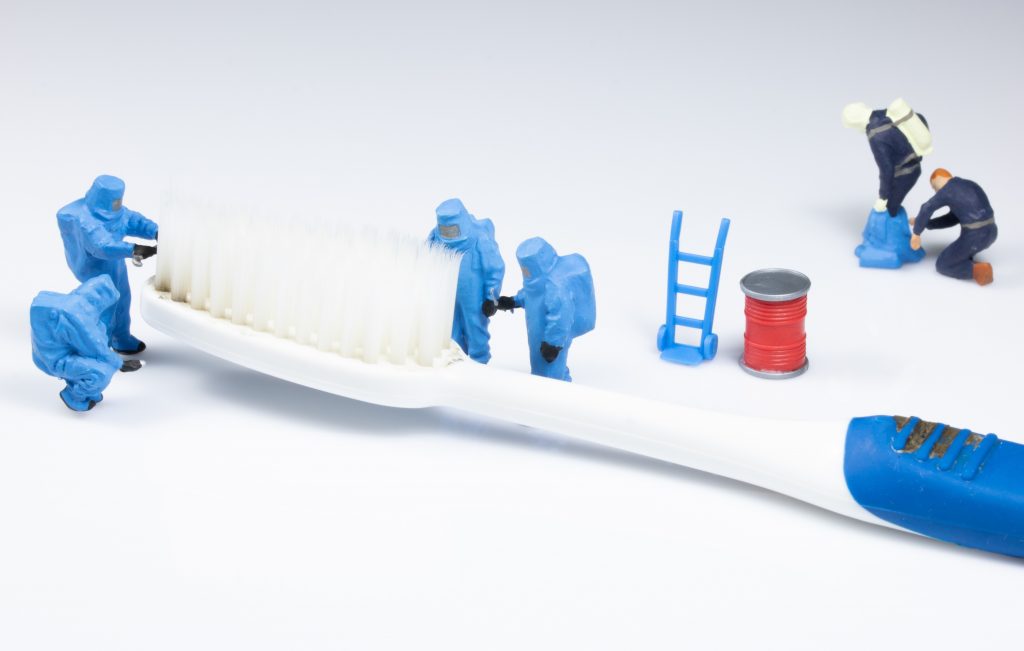
Wet bristles can invite bacteria and wet bristles may also gradually accumulate water in the tooth holder cup. The later become rotten over days damaging bristles’ health and producing bad smell.
Which area first?
Brushing should start from the rear teeth (molars) first from the outer side, then move towards the inner side of the rear teeth. This should be followed by horizontal cleaning of occlusal surfaces and then the front teeth should be clean using the same approach. The inner side of the front teeth can be cleaned by holding the brush vertically where the head of the brush is pointing towards your nose. Then follow the same approach.
Which areas are prone to calculus and tartar formation?
Usually, extra care should be given to lower front teeth from inside and upper rear molars because we have salivary glands openings there.
